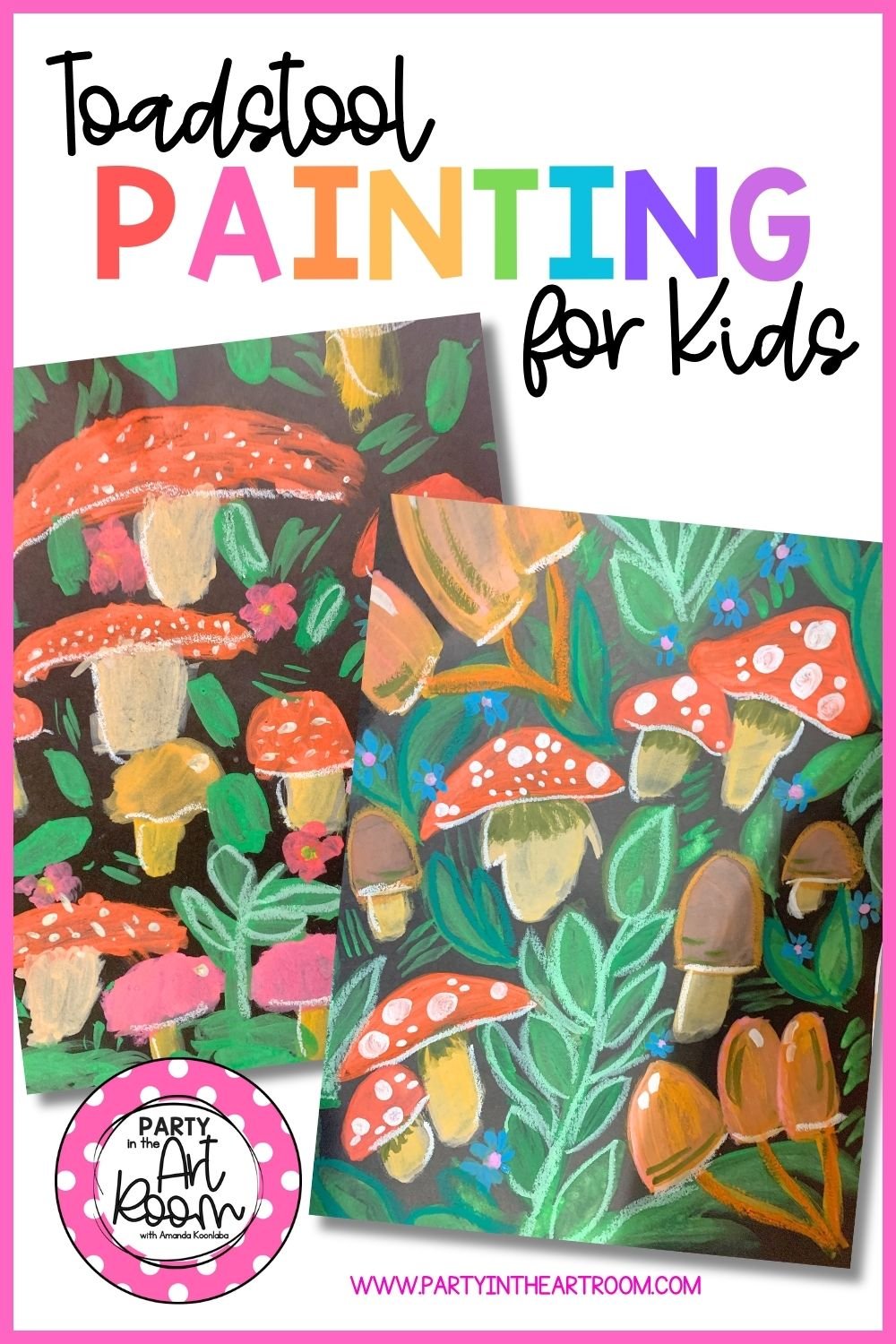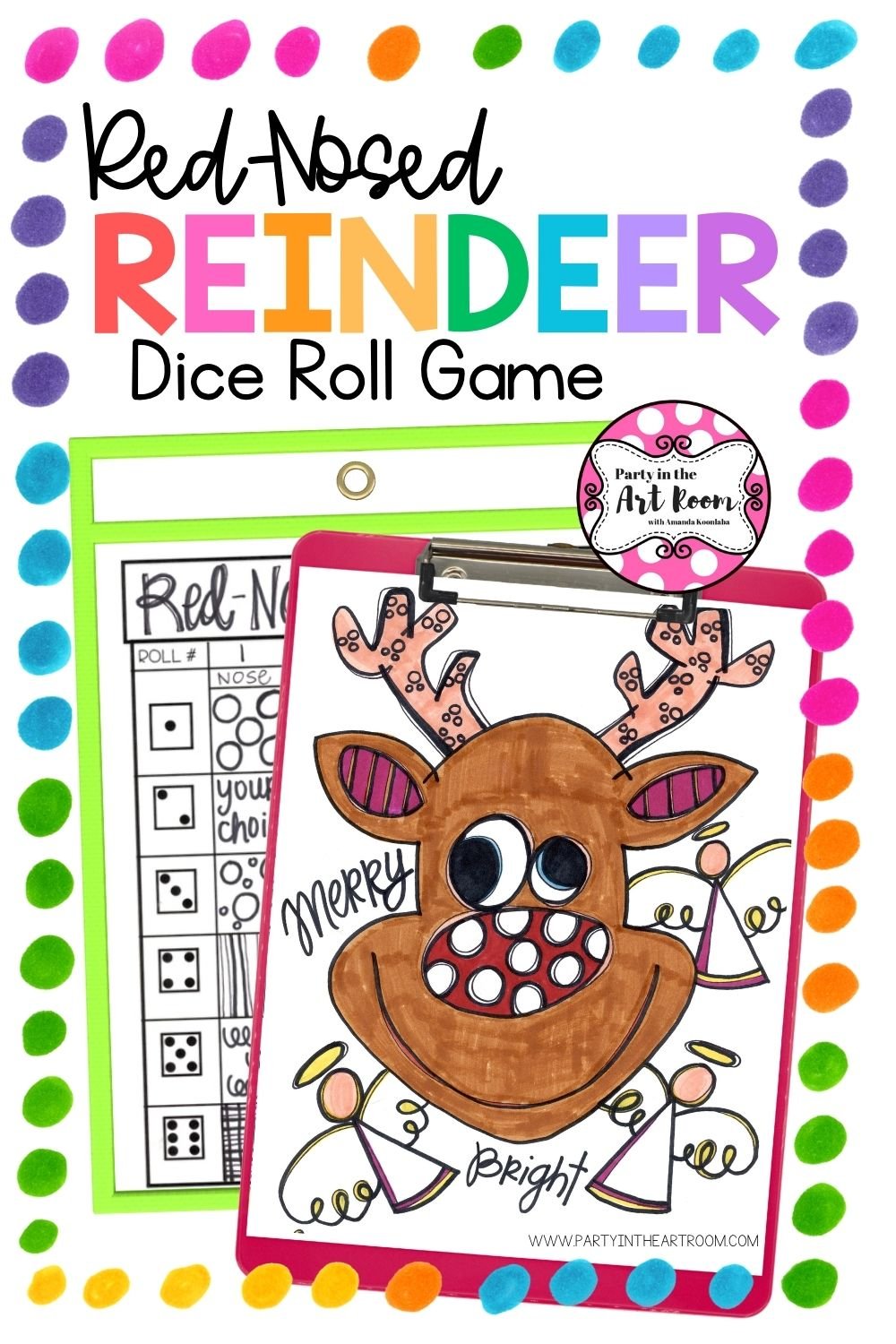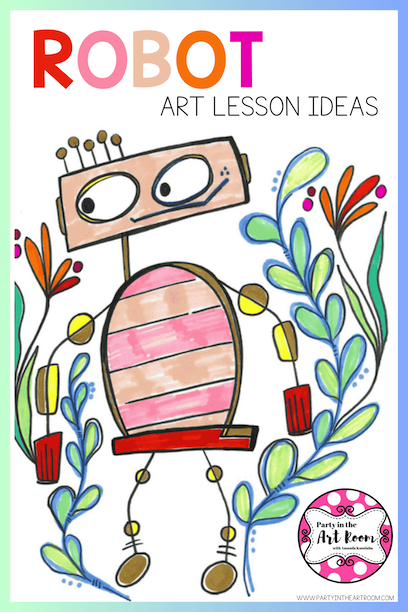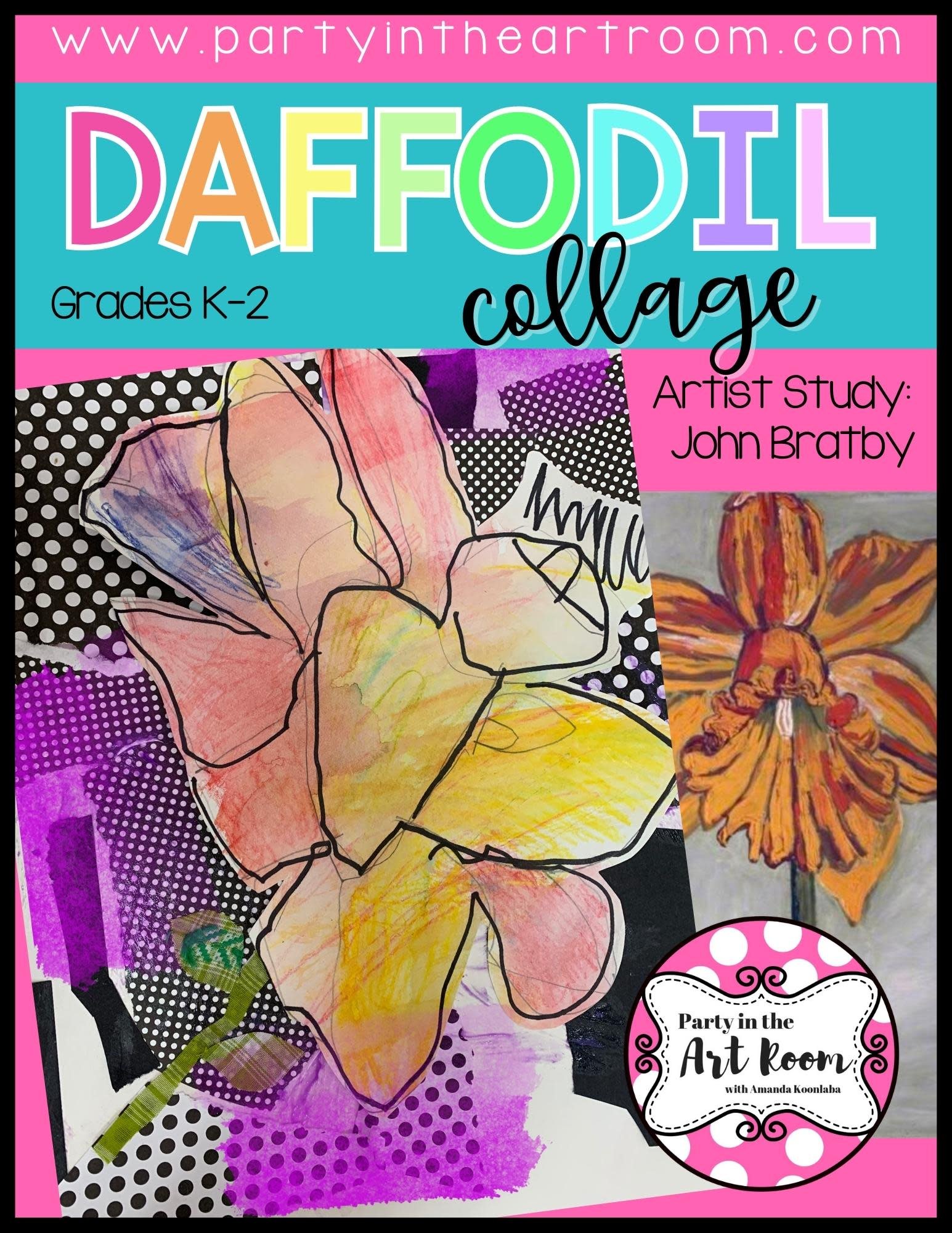Unbelievably Easy Toadstool Mushroom Painting For Kids
Nothing is quite as magical and mystical in nature as a colorful toadstool mushroom. This project allows students to explore different vibrant colors over a dark backdrop while practicing basic shapes. This project is the perfect opportunity for students to learn about the properties of local fungi or to read a fun fairytale that features mushrooms and a bit of magic.
Here is how you and your students can create a vibrant toadstool mushroom painting:
Toadstool Mushroom Painting Project
The toadstool mushroom painting project can help students of all ages practice their critical thinking and problem-solving skills by managing their space on the page. Not only was this project a beautiful and easy-to-do painting project for kids of all ages, but it is also wonderful practice for a variety of skills in the art classroom. Here's everything you'll need to make your own toadstool mushroom painting project for kids:
Materials
· Acrylic Paint
· Small and Medium Paint Brushes
Step 1 – Paint Your Toadstool Mushrooms
To begin your easy-to-do toadstool painting, start with a piece of black cardstock in your preferred size. A normal piece of cardstock will work perfectly and require students to practice their spatial reasoning skills when placing their mushrooms.
To begin, students will use red acrylic paint and a medium paintbrush. Students will paint their toadstool shapes around their black card stock, leaving room for other greenery in the background. Toadstool shapes should resemble half circles with rounded edges.
Free painting the toadstool shapes instead of pre-drawing them is a great way for students to practice their skills with a paintbrush while also practicing their critical thinking and problem-solving skills. As they paint, students will have to visualize on where the toadstools should go on the page.
Step 2 – Paint the Background
After students have painted several toadstools all over their black card stock, they can begin to fill in the background with greenery. By using a smaller brush and a couple of shades of green, students can begin filling open spaces with leaves and shrubs to create a complete piece. Students will have to focus on filling empty spaces without painting over the toadstool mushrooms they already have on the paper. This is great practice for their spatial reasoning, problem-solving, and overall dexterity with a paintbrush.
Emphasize that it is important for students to fill in all of the gaps between toadstools. This is great practice for students when it comes to creating a composition from scratch. Make sure that students fill the space mindfully without overcrowding the open spaces or overlapping the paint of your toadstools. If students make a mistake, they can always go back and fix it later with more red and brown acrylic paint.
Step 3 – Add the Highlights and Details
After students have painted the toadstools and all of the greenery in the background, let the painting dry. After everything has dried, it is time to add the highlights and the details with a small paintbrush and white acrylic paint. This includes painting all of the white dots to the tops of each toadstool. You can also add highlights to the stem of each mushroom. You can also add depth to the background by using a lighter shade of green acrylic paint to add highlights to the greenery in the background of the painting.
Step 4 – Outline the Shapes
Once students have added the highlights to their toadstools and background greenery, they will need to let their painting dry before completing the final step of the art project. Using white oil pastels, students will outline the major shapes of their paintings to add more depth to their project. Have students apply the pastel around the bottom of each mushroom cap to make their fungi pop right off the page.
Step 5 – Hang it in a Frame
While all student art is worthy of the frame, the elegance of this project requires one. The contrast of the vibrant colors of each toadstool stands out against the dark background making these fun colors pop. If you don't have a frame perfect for this toadstool painting, students can make one out of cardboard. Have students cut out a frame from scrap cardboard and paint it in their favorite metallic color. You can tape or glue the toadstool painting to the back of the frame creating a finished piece of art that is ready to hang on the wall.
You might also like:
Hi! I’m Amanda. Teaching children to be creative thinkers is my greatest joy. I’m here to help you bring that same joy to your classroom.
This guide is packed with 25 ideas for using art to teach math and ELA. It’s arts integration for the win!
I want all students to feel successful in the art room, so I created a standards-based Daffodil Collage lesson to do just that! The lesson includes an artist study, student reflection, and more, so push your artists to their full potential.





















